Product Description
| Item | Specification |
| Internal dimension | 800W*800D*800Hmm |
| External dimension | 1300W*1000D*1700Hmm |
| Test sample | Size W20cm- L30cm-D15cm, weight 0.5kg |
| Chamber material | SUS304 Stainless steel |
| Specifications of square mesh sieve | Mesh hole 75um, mesh metal wire diameter 50um |
| Talcum powder amount | 2kg/ m |
| Airflow speed | No more than 2m/s |
| Door | Left open door with tempered glass door |
| Controller | PLC Touch Screen controller, programmable to set as below cycle: a. Blowing dust time (Stop/Blow) m/s b. Cycle time: can be adjusted c. Pre-set test time: 0s ~99m99s |
| Vacuum system | Pressure gauge, air filter, Pressure regulating FRL, connecting pipe, Vacuum pump |
| Vacuum pump capacity | 60-600 L/H |
| Fan | Centrifugal fan |
| Safety protection devices | Meter over-temperature function, Phase shortage protection, Power short-circuit protection |
The sand and dust test chamber for aerospace equipment is a device specifically designed to simulate extreme sand and dust environments in order to assess the protective performance, abrasion resistance and reliability of aerospace equipment (e.g., aircraft, satellites, spacecraft, etc.) under harsh conditions such as wind, sand and dust. Since aerospace equipment is often required to operate in a variety of extreme environments, it is critical to ensure its proper operation and safety in sand and dust environments. The following are detailed information about sand and dust test chamber for aerospace equipment:
1. Functions and Uses
- Simulation of sand and dust environment: Through the sand and dust generating device, sand and dust are generated and circulated to simulate the sand and dust environment that may be encountered by aerospace equipment in actual use, such as deserts, Gobi, and so on.
- Dustproof Performance Test: Evaluate the dustproof performance of aerospace equipment in a sandy environment to ensure that its internal components are not subjected to sand intrusion that could affect its performance and safety.
- Comprehensive test: In addition to the dustproof performance, it can also test the performance of the equipment under different temperature, humidity and airflow conditions, as well as its mechanical and electrical performance.
2. Main technical parameters
- Dust and sand concentration: usually between 2g/m and 4g/m, which can be adjusted according to the test standard.
- Airflow speed: usually between 0.5m/s and 20m/s to simulate the sand and dust environment under different wind speeds, and even higher wind speeds can be achieved with high-end equipment.
- Testing time: Programmable control, up to several hundred hours, depending on the test standard and customer requirements.
- Sand and dust type: Fine quartz sand, talcum powder, etc. are usually used as the sand and dust source, and these materials can better simulate the sand and dust in the natural environment.
- Internal size: Depending on the model, the size can range from a few cubic meters to tens of cubic meters to accommodate aerospace equipment of different sizes.
- Temperature control: Some equipment is equipped with a temperature control system to simulate sand and dust environments under different temperature conditions, typically ranging from -70C to +150C.
- Humidity control: Some of the equipment is equipped with humidity control system which can simulate the sand and dust environment under different humidity conditions, usually the humidity range is between 10%RH and 98%RH.
3. Test Standards and Methods
- RTCA DO-160: Aeronautical Radio Technical Committee (ARTC) standard on environmental conditions and test procedures for airborne equipment, which contains requirements for sand and dust testing.
- MIL-STD-810G: U.S. military standard specifying environmental engineering considerations and laboratory test methods, including sand and dust testing.
- ISO 12103-1: International Organization for Standardization standard for road vehicles - Environmental conditions and tests, specifying methods for sand and dust tests.
- IEC 60529: International Electrotechnical Commission standard for the testing of enclosure protection classes, specifying dust test methods for IP5X and IP6X.
- GB/T 2423.37: Chinese national standard, which specifies the method of sand and dust test in the environmental test of electrical and electronic products.
4. Test Steps
1.
Initial test: under standard environmental conditions, the aerospace equipment is subjected to an initial test of appearance, basic functions and electrical performance.
2.
Sample placement: place the equipment in the test chamber to ensure that it is in normal working condition.
3.
Setting parameters: set parameters such as sand and dust concentration, airflow speed, temperature, humidity, test time, etc. according to test standards or customer requirements.
4.
Start test: Start the test chamber and begin the sand and dust test.
5.
Continuous monitoring: During the testing process, monitor the performance and status of the equipment regularly and record the relevant data.
6.
End of test: After the test, take out the samples, carry out appearance and function check, and evaluate the test results.
5. Assessment Criteria
- Appearance inspection: Check whether there is any sand and dust deposited on the surface of the equipment and whether there is any sand and dust entering the sealed parts.
- Function test: Test whether the functions of the equipment are normal and whether they are affected by sand and dust.
- Sealing test: Evaluate the sealing performance of the equipment to ensure that sand and dust will not enter the interior to affect its normal work.
- Electrical performance: Test whether the electrical performance of the equipment is affected, such as insulation resistance, contact resistance, etc..
- Mechanical performance: test the mechanical performance of the equipment in the sand and dust environment, such as structural strength, connection firmness, and so on.
- Safety performance: test the safety performance of the equipment to ensure that no short circuit, overheating and other safety problems will occur in the sand and dust environment.
6. Application Fields
- Aircraft: Test the dustproof performance and safety of aircraft in sand and dust environment.
- Satellite: Test the dustproof performance and electrical performance of satellites under sand and dust environment.
- Spacecraft: Testing the dustproof performance and safety of spacecraft in sandy and dusty environments.
- Drones: Testing dust protection and flight performance of drones in dusty environments.
- Avionics: Testing of dust protection and electrical performance of avionics equipment under sandy and dusty environments.
7. Precautions
- Safe operation: Operators should wear protective equipment, such as dust masks and protective glasses.
- Equipment Maintenance: Regularly check and maintain the equipment to ensure its normal operation, especially the sand and dust generating device and airflow control system.
- Sand and dust recovery: sand and dust should be recovered in time after use to avoid environmental pollution.
- Temperature and humidity control: Ensure the uniformity of temperature and humidity in the test chamber to avoid localized overheating or overhumidity.
- Environmental control: Keep the test environment clean to avoid external sand and dust affecting the test results.
8. Advantages
- Precise control: able to accurately control the sand and dust concentration, airflow speed and temperature and humidity conditions to ensure the stability and consistency of the test environment.
- Simulation of real environment: Through the composite test of sand and dust and airflow, it simulates the sand and dust conditions in the real environment and improves the realism of the test.
- Multi-functionality: Not only sand and dust testing, but also simulation testing of temperature, humidity, airflow and other environmental factors.
- Programmable control: Users can set different test parameters as needed to improve the flexibility and adaptability of the test.
- Safety assessment: Special attention is paid to the safety performance testing of aerospace equipment to ensure its safe operation in sand and dust environments.
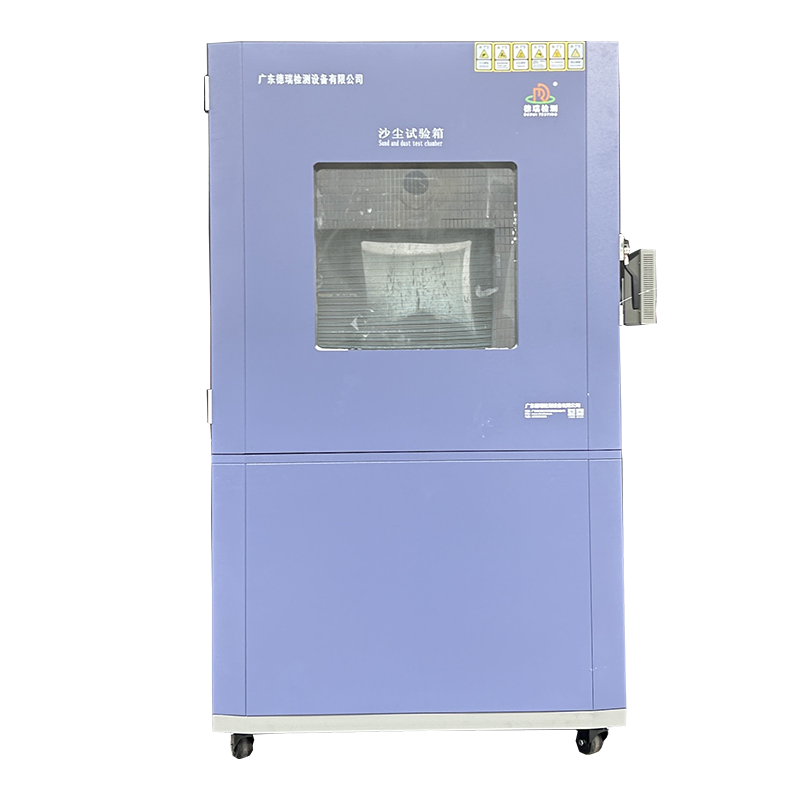




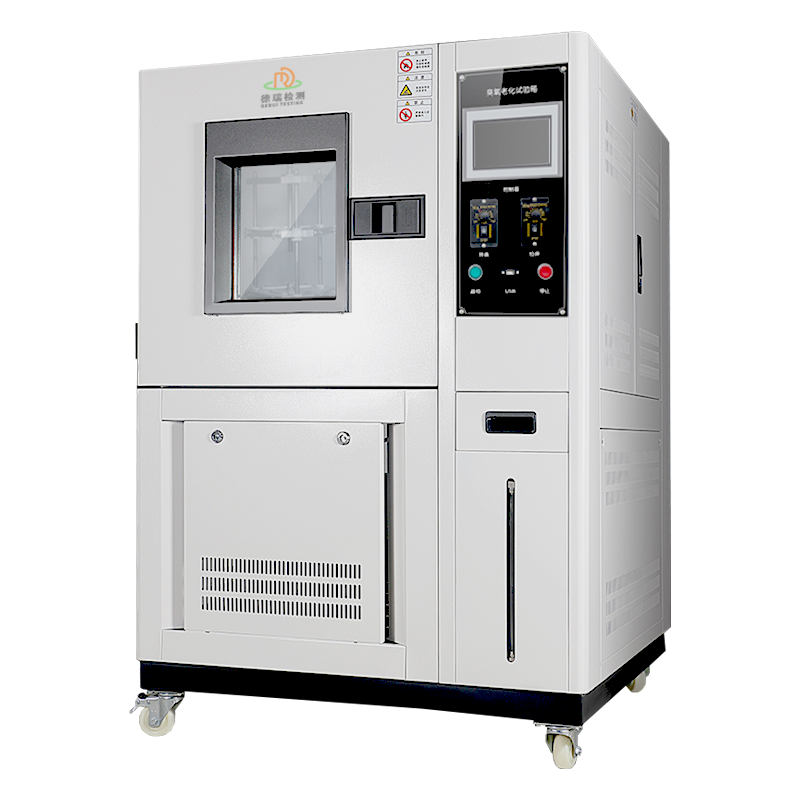
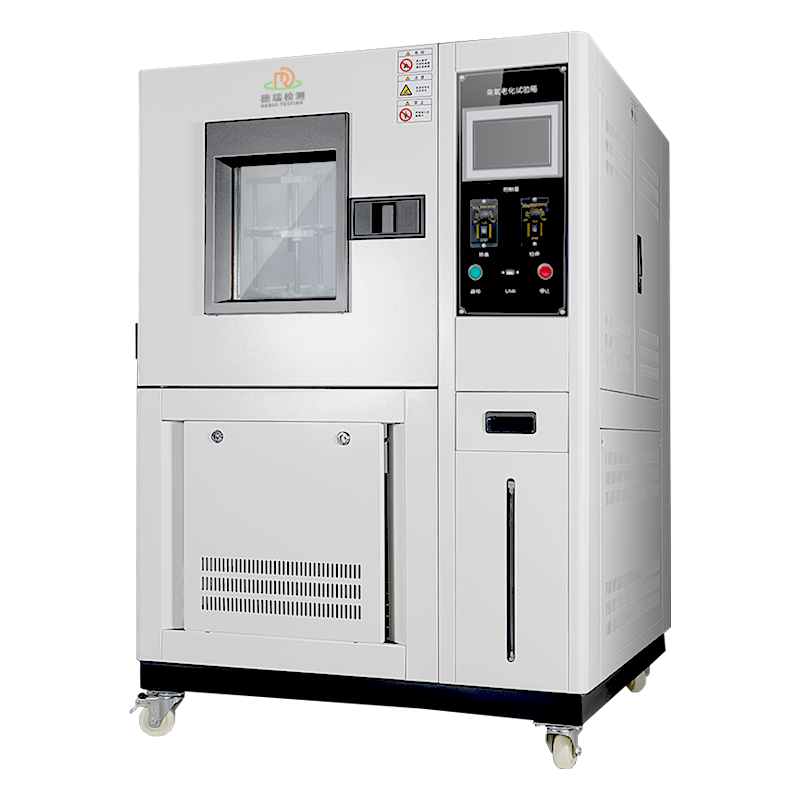
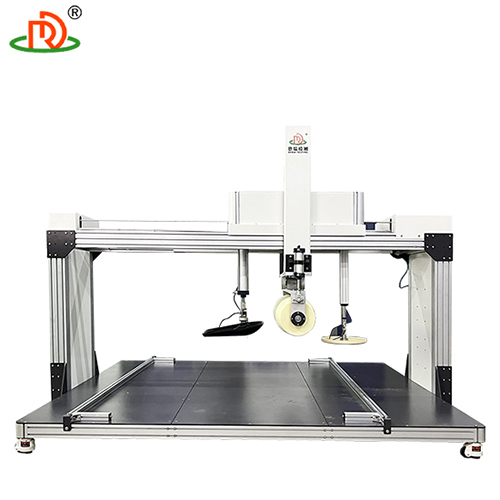
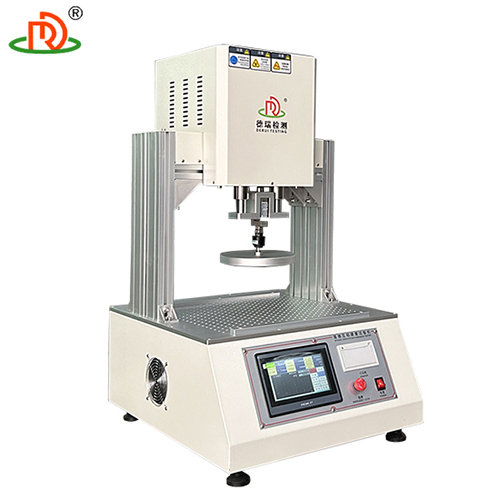

 English
English Spanish
Spanish French
French German
German Italian
Italian Chinese (Simplified)
Chinese (Simplified) Japanese
Japanese Korean
Korean Arabic
Arabic Portuguese
Portuguese